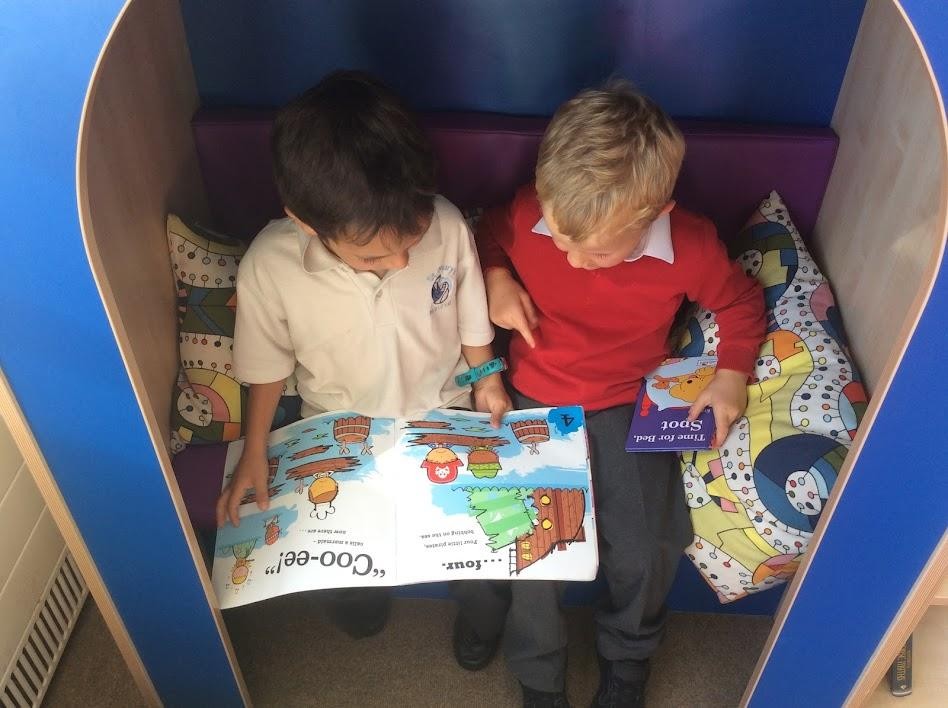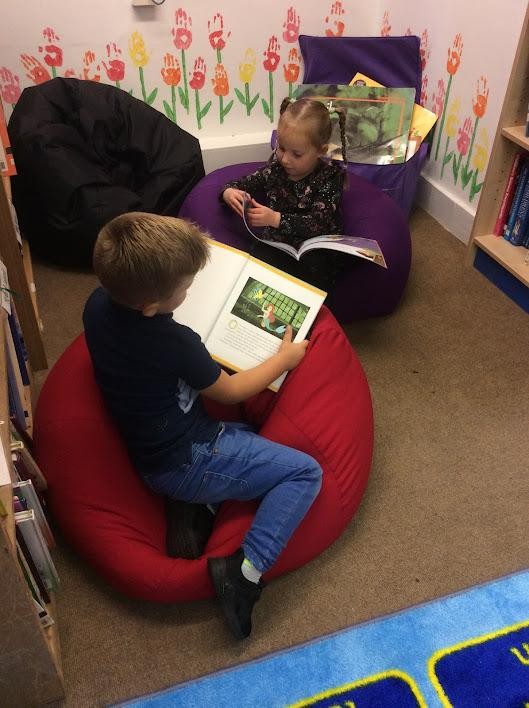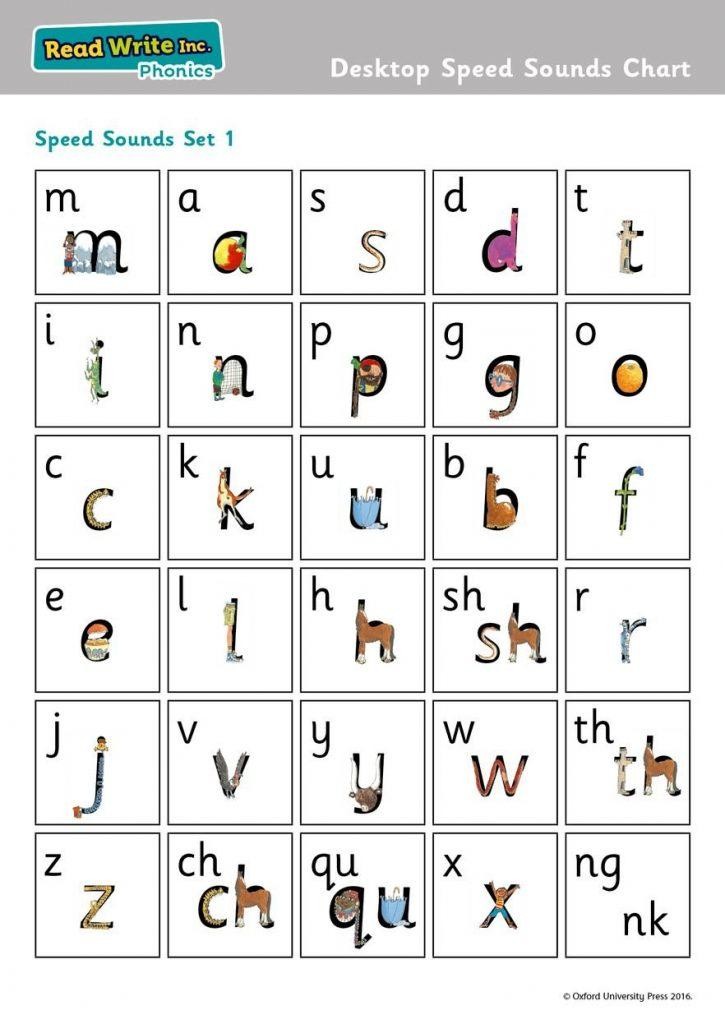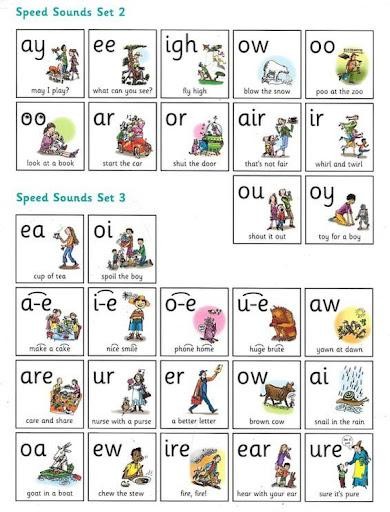Here at St Mary’s we aim for all our children to become fluent, confident readers who are passionate about reading. Children who read regularly or are read to regularly have the opportunity to open the doors to so many different worlds! More importantly, reading will give your child the tools to become independent life-long learners.
We can achieve this together through:
- Encouraging children to develop a love of books by reading to them daily, at home and at school
- Read Write Inc, a programme to start your child on their reading journey
- Giving children access to a wide range of books at school and at home
At St Mary’s we use Read Write Inc Phonics (RWI) to give your child the best possible start with their reading. We have put together this guide on how the RWI programme works together with some useful links.
Mrs Myatt is our Read Write Inc lead teacher, so if you have questions about RWI, please ask her for more detailed information or support.
What is Read Write Inc?
Read Write Inc (RWI) is a phonics programme which helps all children learn to read fluently and at speed so they can focus on developing their skills in comprehension, vocabulary and spelling. The programme is designed for children aged 4-7. At St Marys we begin the programme in Preschool with a focus on developing vocabulary, together with a love of books and in the summer term (if the children are ready) learning to say the sounds that letters make. We will continue teaching RWI to children beyond the age of 7 if they still need support with their phonics knowledge.
RWI was developed by Ruth Miskin and more information on this can be found at:
https://ruthmiskin.com/en/find-out-more/parents/.
How will RWI be taught?
You must consent to the use of 3rd Party cookies to view this content.
All children are assessed regularly by our RWI lead teacher/class teacher so they work with other children at the same level. This allows complete participation in lessons and a regular review of the level that your child is working at.
Nursery
The Nursery scheme concentrates on developing vocabulary through role play, discussion and questioning. There is also a huge focus on small group story sharing and developing a love of reading. This includes retelling a familiar story with a range of language, appropriate expression and actions. When appropriate during the summer term, children will be introduced to the initial sounds in short five minute sessions. During daily continuous provision sessions the children will have an opportunity to explore and find out about the sounds that letters make and the shape of letters. They will participate in play based activities such as tracing a letter in the sand while saying the RWInc mnemonic. They will also be introduced to Fred Talk and oral blending skills.
Reception
In Reception all children will have daily 30 minute RWInc lessons to learn how to ‘read’ the sounds in words and how those sounds can be written down. In addition the children will have the opportunity to share other stories and books through daily read aloud sessions and as a part of their ongoing English learning.
Reading
The children:
Nursery
The Nursery scheme concentrates on developing vocabulary through role play, discussion and questioning. There is also a huge focus on small group story sharing and developing a love of reading. This includes retelling a familiar story with a range of language, appropriate expression and actions. When appropriate during the summer term, children will be introduced to the initial sounds in short five minute sessions. During daily continuous provision sessions the children will have an opportunity to explore and find out about the sounds that letters make and the shape of letters. They will participate in play based activities such as tracing a letter in the sand while saying the RWInc mnemonic. They will also be introduced to Fred Talk and oral blending skills.
Reception
In Reception all children will have daily 30 minute RWInc lessons to learn how to ‘read’ the sounds in words and how those sounds can be written down. In addition the children will have the opportunity to share other stories and books through daily read aloud sessions and as a part of their ongoing English learning.
Reading
The children:
- learn 44 sounds and the corresponding letters/letter groups using simple picture prompts – see below
- learn to read words using Fred Talk and sound blending
- read from a range of storybooks and non-fiction books matched to their phonic knowledge
- work well with partners
- develop comprehension skills in stories by answering ‘Find It’ and ‘Prove It’ discussion questions
Writing
The children:
- learn to write and form the letters/letter groups which represent the 44 sounds with the help of fun phrases
- learn to write words by using Fred Talk
- learn to build sentences by practising sentences out loud before they write
Talking
The children work in pairs so that they:
- answer every question
- practise every activity with their partner
- take turns in talking and reading to each other
- develop ambitious vocabulary
Children follow the same format as Reception but will work on complex sounds and read books appropriate to their reading level. Daily sessions of RWI phonics last for 30 minutes. Once children have secured their phonics knowledge and become fluent readers the emphasis will shift towards developing their wider reading skills.
Five key principles underpin the teaching in all Read Write Inc. sessions:
Purpose – know the purpose of every activity and share it with the children, so they know the one thing they should be thinking about
Participation – ensure every child participates throughout the lesson. Partnership work is fundamental to learning
Praise – ensure children are praised for effort and learning, not ability
Pace – teach at an effective pace and devote every moment to teaching and learning
Passion – be passionate about teaching so children can be engaged emotionally.
Children will be taught how to read as follows:
Before you start to teach your child, practise saying the sounds below.
These are the sounds we use to speak in English.
Fred Talk
We use pure sounds (‘m’ not’ muh’,’s’ not ‘suh’, etc.) so that your child will be able to blend the sounds into words more easily.
At school we use a puppet called Fred who is an expert on sounding out words! we call it, ‘Fred Talk’. E.g. m-o-p, c-a-t, m-a-n, sh-o-p, b-l-a-ck.
The following video is an example of blending sounds with Fred.
https://www.youtube.com/watch?v=dEzfpod5w_Q
The children are taught the sounds in 3 sets.
Set 1 Sounds are taught together with rhymes to help children form the letters correctly and instantly recognise sounds ready for blending. Children will also use pictures for each sound to help recognise the sound and then form the shape of the sound.
The children are then taught Set 2 Sounds – the long vowels. When they are very confident with all of set 1 and 2 they are taught Set 3 Sounds.
Nonsense words (Alien words)
As well as learning to read and blend real words children will have plenty of opportunities to apply their sound recognition skills on reading ‘Nonsense words’. These words will also feature heavily in the Year One Phonics Screening Check in the summer term.
RWInc book progression
Children will be introduced to ‘Ditty books’ when they successfully begin to read single words. The short vowels should be kept short and sharp:
Children use sound-blending (Fred Talk) to read short ditties. They will bring these home once they have read and discussed the book in class. Children will then be challenged to use their developing phonic knowledge to write short sentences.
Within all the books children will have red and green words to learn to help them to become speedy readers.
Red words are words that are not easily decodable and challenge words to extend children’s vocabulary.
Green words are linked to the sounds they have been learning and are easily decodable.
Dots and dashes represent the sound each letter makes.
During the RWI session children will read the book three times and at each new reading they will have plenty of opportunities to practise using their developing comprehension skills.
Spelling
Children will use ‘Fred Fingers’ to first sound out a word before they write it down. Children learn how to spell rather than just get tested. Furthermore, this way of teaching spellings allows children to use Fred Fingers whenever they get stuck with spelling a word. Children pinch each sound on fingers before writing the word. In Year 1 Red Words will be sent home for the children to practice the correct spelling of these words having practiced them in school first.
Order of Story books: Children will follow the order listed below. The expectation is that all children will leave Year One as confident speedy readers, ready to take on the challenges and joy of reading a wider choice of books in Year Two.
However, some children may need extra support and your teacher will talk to you about this.
To help at home:
Your child will start to bring books home when they are confident with the content they are being asked to read. Your child should be encouraged to read these books with increasing fluency. This does not mean that these books are too easy for your child to read – rather it is giving them practice of the phonics knowledge they need.
Please help them to read and give lots of praise!
If you have any other questions about RWI, please see your class teacher or Mrs Myatt.
Phonics Screening Check Year One
What is the Year 1 phonics screening check?
The Year 1 phonics screening check is a short assessment to confirm whether individual pupils have learnt phonic decoding to an appropriate standard.
It will identify the children who need extra help so they are given support to improve their reading skills. They will then be able to retake the check so that we can track pupils until they are able to decode.
Further information can be seen here:
https://home.oxfordowl.co.uk/at-school/primary-school-assessment-tests/year-1-phonics-screening-check/
Nonsense words (Alien words)
As well as learning to read and blend real words children will have plenty of opportunities to apply their sound recognition skills on reading ‘Nonsense words’. These words will also feature heavily in the Year One Phonics Screening Check in the summer term.
RWInc book progression
Children will be introduced to ‘Ditty books’ when they successfully begin to read single words. The short vowels should be kept short and sharp:
Children use sound-blending (Fred Talk) to read short ditties. They will bring these home once they have read and discussed the book in class. Children will then be challenged to use their developing phonic knowledge to write short sentences.
Within all the books children will have red and green words to learn to help them to become speedy readers.
Red words are words that are not easily decodable and challenge words to extend children’s vocabulary.
Green words are linked to the sounds they have been learning and are easily decodable.
Dots and dashes represent the sound each letter makes.
During the RWI session children will read the book three times and at each new reading they will have plenty of opportunities to practise using their developing comprehension skills.
Spelling
Children will use ‘Fred Fingers’ to first sound out a word before they write it down. Children learn how to spell rather than just get tested. Furthermore, this way of teaching spellings allows children to use Fred Fingers whenever they get stuck with spelling a word. Children pinch each sound on fingers before writing the word. In Year 1 Red Words will be sent home for the children to practice the correct spelling of these words having practiced them in school first.
Order of Story books: Children will follow the order listed below. The expectation is that all children will leave Year One as confident speedy readers, ready to take on the challenges and joy of reading a wider choice of books in Year Two.
However, some children may need extra support and your teacher will talk to you about this.
To help at home:
Your child will start to bring books home when they are confident with the content they are being asked to read. Your child should be encouraged to read these books with increasing fluency. This does not mean that these books are too easy for your child to read – rather it is giving them practice of the phonics knowledge they need.
Please help them to read and give lots of praise!
If you have any other questions about RWI, please see your class teacher or Mrs Myatt.
Phonics Screening Check Year One
What is the Year 1 phonics screening check?
The Year 1 phonics screening check is a short assessment to confirm whether individual pupils have learnt phonic decoding to an appropriate standard.
It will identify the children who need extra help so they are given support to improve their reading skills. They will then be able to retake the check so that we can track pupils until they are able to decode.
Further information can be seen here:
https://home.oxfordowl.co.uk/at-school/primary-school-assessment-tests/year-1-phonics-screening-check/





